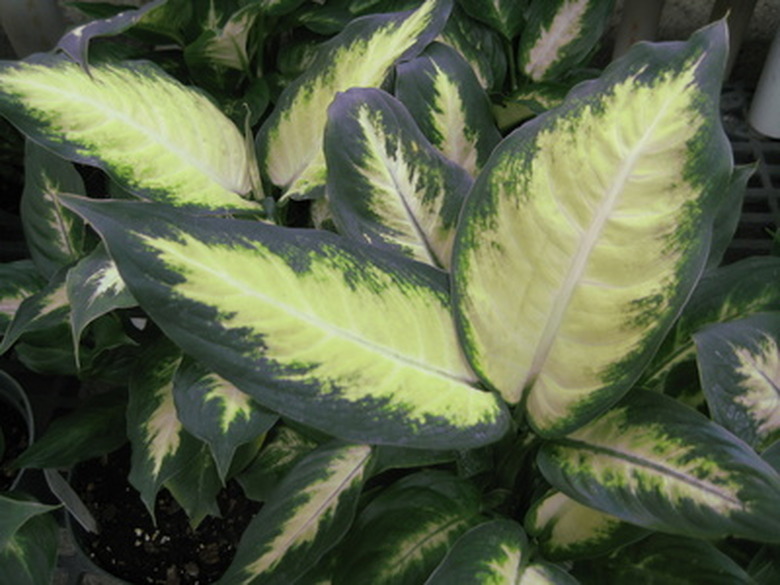Process Of Seeds Becoming A Plant
The process by which seeds become plants is called "germination." Inside of a seed is an embryonic plant that is just waiting for the right conditions to present themselves, so it can emerge and continue growing. Until that time, the seed remains dormant. Some seeds can remain dormant for years and still be viable.
Seed Structure
A seed has five basic parts that support its development. The cotyledons provide food to the developing plant as it begins growing before the roots are developed enough to take over the job. Once the plant emerges from the soil, the cotyledons often emerge as the first leaves, called "seed leaves." Also contained inside the seed is the radical, the tiny beginning of what will become the root. The hypocotyls will become the stem. The epicotyl is at the top of the embryo and contains the plumule, which will become the first pair of "true leaves."
- The process by which seeds become plants is called "germination."
- The epicotyl is at the top of the embryo and contains the plumule, which will become the first pair of "true leaves."
Stratification
Seeds of many plants will not germinate until they have been stratified. Stratification is the process whereby a seed has been exposed to cool, moist conditions for several weeks or months. The natural winter weather provides these conditions for seeds that normally grow in that region. The effects can be simulated indoors by refrigerating seeds. Generally speaking, the thicker the seed coat, the longer the cool period needs to be.
Germination
In order for the seed to awaken, it must have access to water, warmth and air. When the soil is warm enough and water is present, the seed coating, or testa, loosens. The combination of warmth and moisture cause the various parts of the seed to activate. The radical pushes outward and downward, forming the root. The hypocotyl pushes upward, forming the stem and pulling the cotyledon up through the soil with it. Germination can take as little as a few days to several weeks, depending upon the plant.
- Seeds of many plants will not germinate until they have been stratified.
- The hypocotyl pushes upward, forming the stem and pulling the cotyledon up through the soil with it.
Seedling
This phase usually lasts several weeks. The cotyledon supplies food to the young plant. The epicotyl, or top of the embryo, pushes the plumule out and the first true leaves are formed. Once the plant has developed leaves, the seed leaves are no longer needed as a source of food and they will drop off. The seedling can now sustain itself through photosynthesis.
Plant
After four to six true leaves are formed, the plant begins to mature. Depending on the nature and species of the plant, it will continue to grow leaves, gaining in height and width. When it has reached the appropriate size, it will develop flowers. Once pollinated, the flowers will give way to the plant's fruit which will ultimately contain its seeds to begin the process anew.
- This phase usually lasts several weeks.
- After four to six true leaves are formed, the plant begins to mature.
